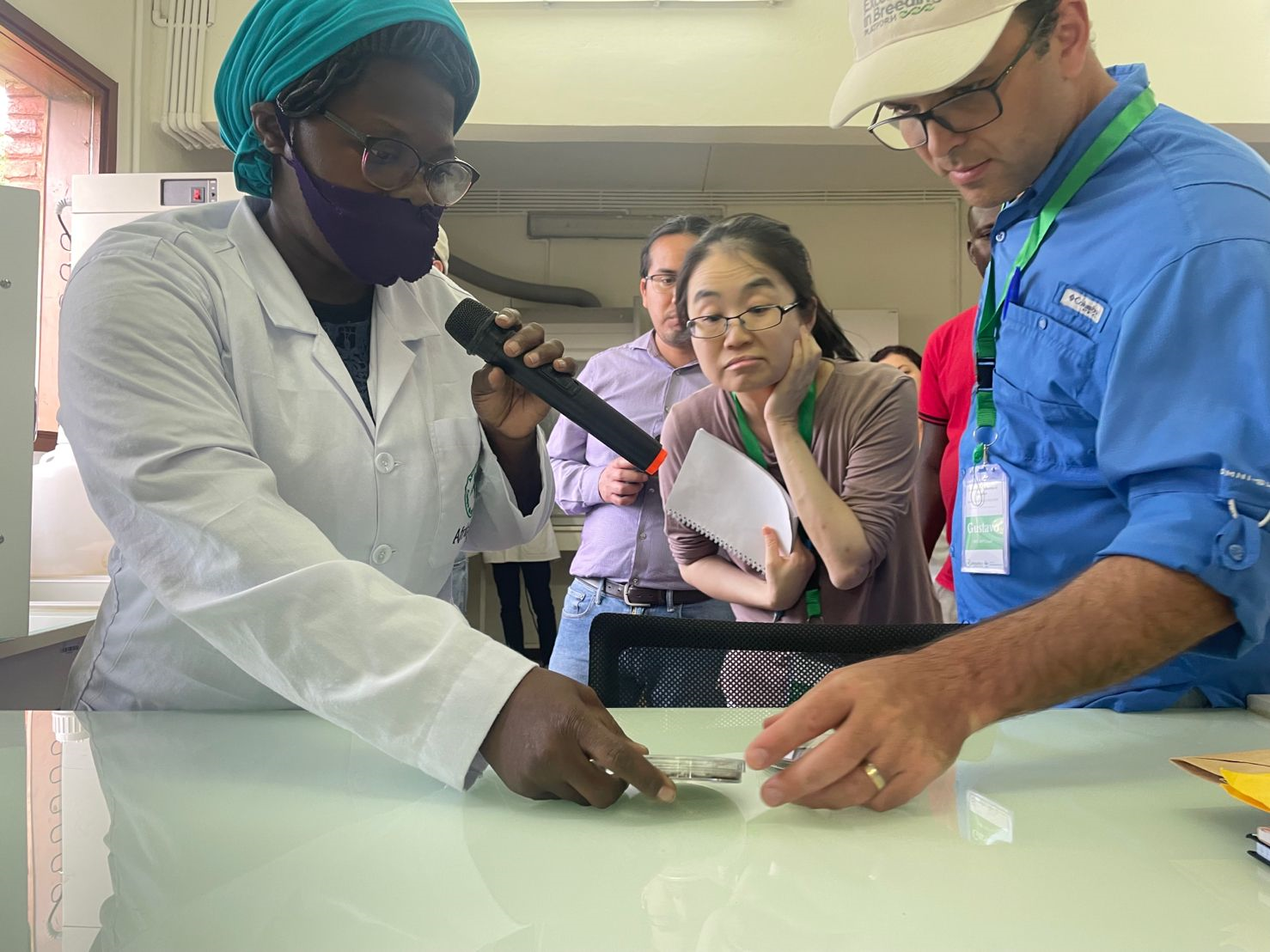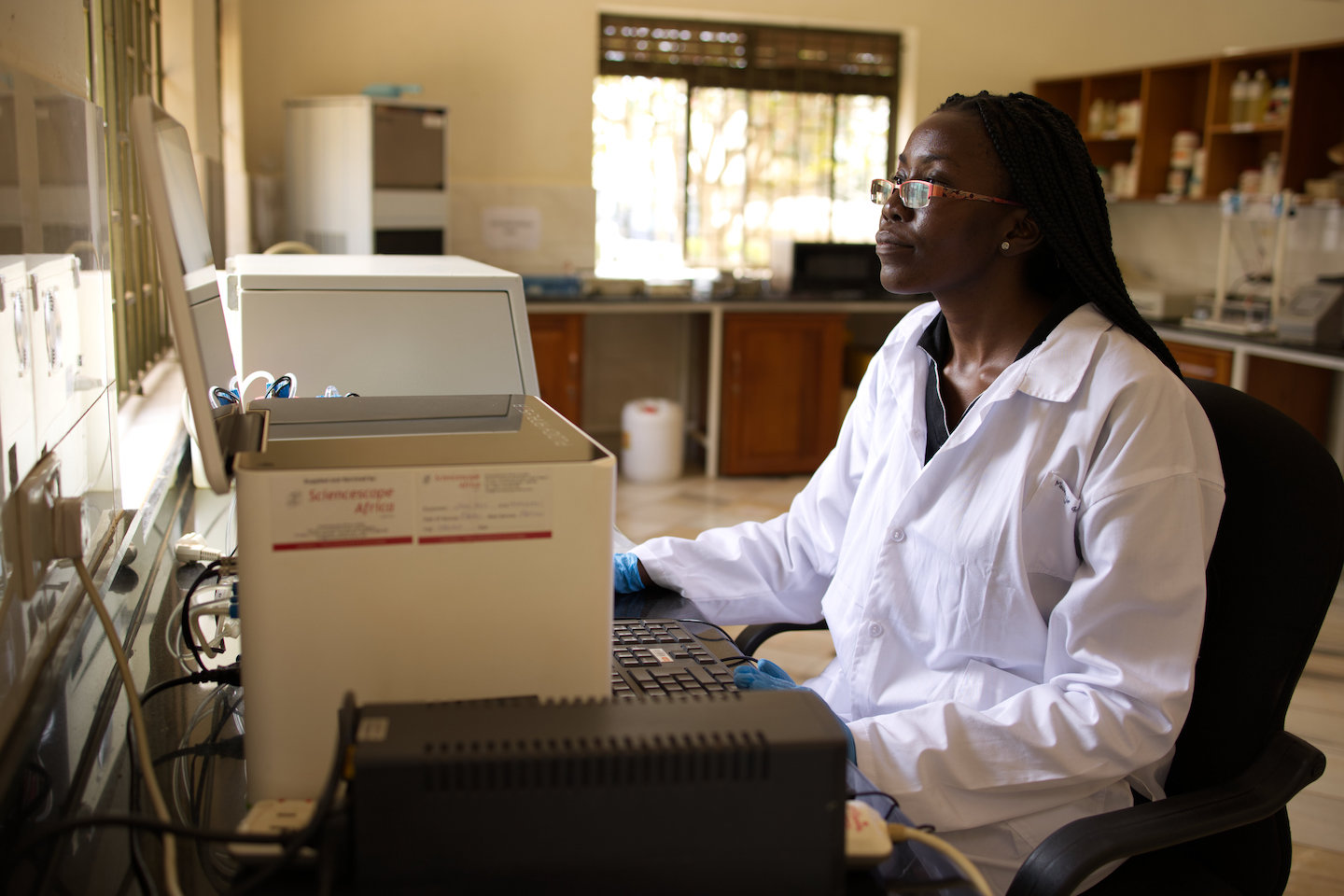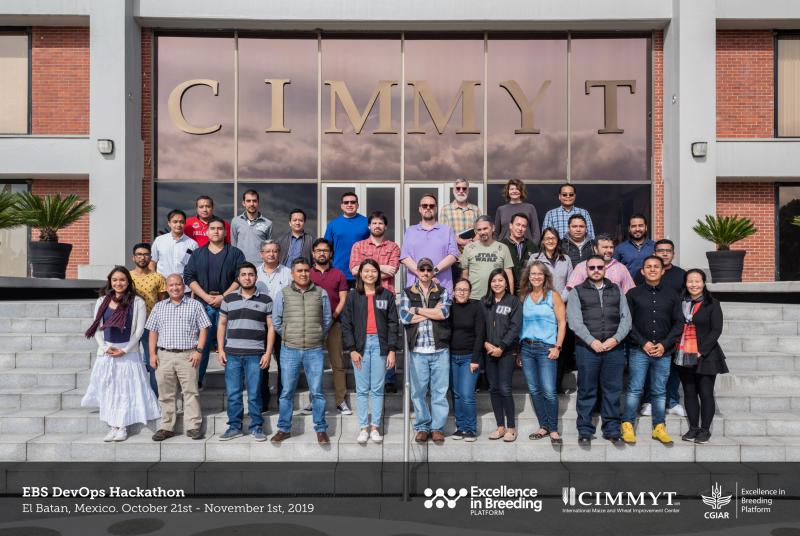The Enterprise Breeding System (EBS)
The Enterprise Breeding System (EBS) is an open-source breeding informatics software being developed for crop breeding programs serving resource-poor farmers in Africa, Asia and Latin America.
The EBS connects, merges and builds upon existing breeding software and data solutions to offer a single powerful tool, so that breeders can focus on using data to create better varieties, faster.




